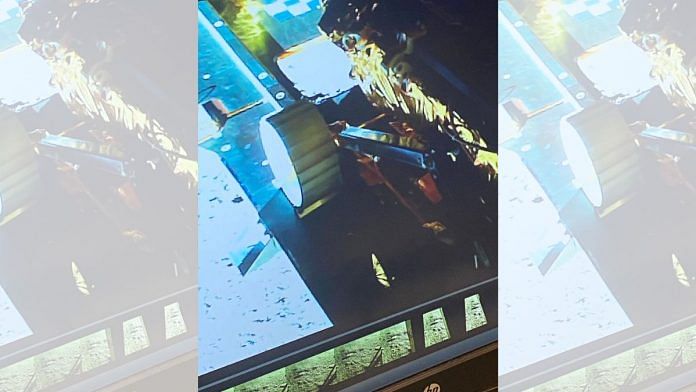New Delhi: India’s moon mission lander Vikram was set into sleep mode around 8 am on Monday, India’s space agency said, adding it will fall asleep next to the rover Pragyan once its solar power was depleted and battery drained.
The Indian Space Research Organisation (ISRO) hopes the lander and the rover will wake up around 22 September when the lunar day will set in.
ISRO said in-situ experiments by ChaSTE, RAMBHA-LP and ILSA payloads were performed at a new location before the lander was put on sleep mode. “The data collected is received at the Earth. Payloads are now switched off. Lander receivers are kept ON,” ISRO posted on X.
Chandrayaan-3 Mission:
Vikram Lander is set into sleep mode around 08:00 Hrs. IST today.Prior to that, in-situ experiments by ChaSTE, RAMBHA-LP and ILSA payloads are performed at the new location. The data collected is received at the Earth.
Payloads are now switched off.… pic.twitter.com/vwOWLcbm6P
— ISRO (@isro) September 4, 2023
Vikram made a historic landing on the Moon’s south pole on 23 August, and within hours rolled down Pragyan to study the lunar surface.
The two solar-powered modules were expected to last one lunar day or 14 Earth days which has neared its end. The freezing temperatures of the lunar night are likely to jam the systems.
It was expected that Vikram and Pragyan would not last beyond the first fourteen days of sunshine, but ISRO chief S. Somanath indicated last Saturday that the space agency would make an effort to help the instruments survive the long night, lasting another 14-odd days. The space agency hopes to continue performing scientific experiments for another lunar day.
Earlier Monday, ISRO shared that the Chandrayaan-3 lander had exceeded its mission objectives and successfully underwent a hop experiment.
“Vikram soft-landed on the Moon, again,” the space agency captioned its post on X, on which it has given a daily commentary as Vikram and Pragyan as they went about their jobs on the lunar south pole after a historic touchdown on 23 August.
It said Vikram fired the engines, elevated itself by about 40 centimetres “as expected” and landed safely at a distance of 30 to 40 centimetres away.
ISRO said the significance of this “kick-start” was that it enthused “future sample return and human missions”.
In its first leg, Vikram and Pragyan’s payloads confirmed the presence of sulphur on the Moon. Pragyan also managed to show its capability to autonomously navigate the surface of the moon, detecting and avoiding obstacles in its path.
Also read: ‘India don dey Moon now’: How world media reported Chandrayaan-3, from Pidgin to Queen’s English



